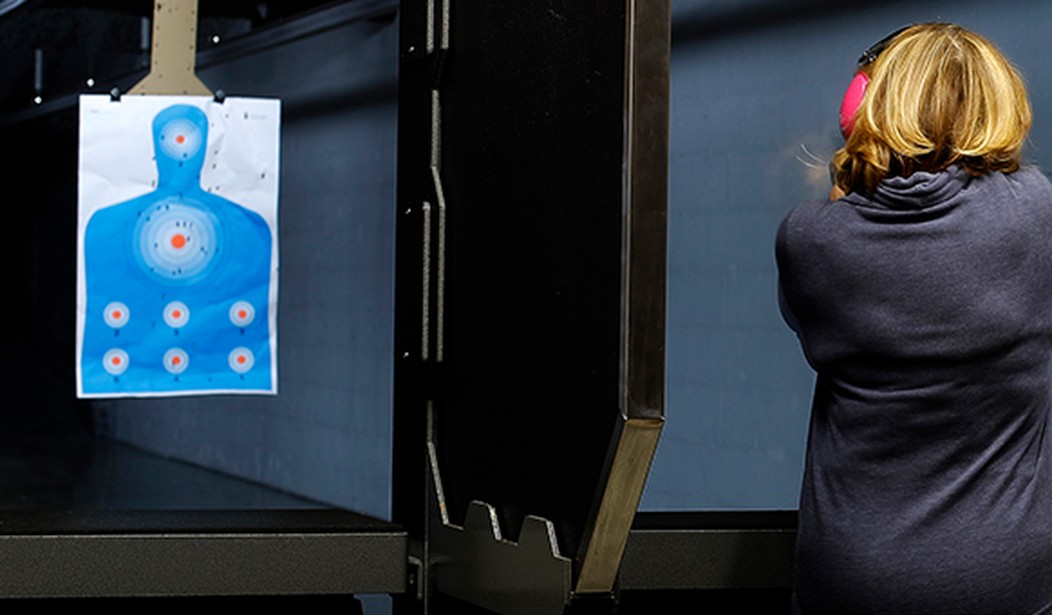According to gun control activists, there’s no way that this should be happening. Texas Gov. Greg Abbott signed Constitutional Carry legislation into law earlier this year, and starting back on September 1st it’s no longer necessary for legal gun owners to obtain a license to carry a concealed firearm. If you can legally keep your gun, you can lawfully bear it; no government-mandated permission slip required.
The police chief in Dallas was among those warning that the new law would lead to more dangers on the street, but as it turns out his dire predictions have not come true. In fact, thanks in part to what appears to be pretty smart policing, violent crime has actually been declining substantially over the past few months.
This year through Nov. 30, Dallas saw an 8.47% reduction in overall violent crime compared with last year, according to statistics from the violent crime reduction plan update presented last week to City Council’s Public Safety Committee. Murders are down by 12.23%, while total robberies also declined by 29.04%.
“We’re not taking a victory lap here,” [Dallas Mayor Eric] Johnson said. “We’re glad to be in a very small group of cities where the crime is going down. And given how much it’s going up other places, you have to say that it’s going down pretty significantly, and we’re happy about that.”
Unfortunately, as Johnson points out, not every Texas city can brag about their crime rates going down at the moment. Though I suspect that if cities like Houston were able to successfully pursue some of the strategies that the Dallas PD has been utilizing, they could soon start seeing the crime stats heading in the right direction.
Since the inception of Dallas police Chief Eddie Garcia’s new crime fighting plan on May 7, Dallas has seen a decline in homicides, robberies and aggravated assaults.
As part of the plan, police have been working to identify violent “hotspots” and have been increasing officer presence in 51 small grids out of 101,402 across the city.
“It took getting a new police chief in here who believed in the importance of actually having a sort of kitchen sink approach to fighting violent crime and knowing that we needed to have a plan to address violent crime and to really get things moving in the right direction,” Johnson told Fox News Digital.
“Our chief is committed to making sure that we actually reduce violence by going where violence is and not pretending like we don’t know where the parts of our city are,” Johnson said. “The crime numbers are being driven by certain what they call micro-grids here in our city — small areas where if we target those areas, we can make a disproportionate impact on the overall crime rate.”
We’ve written before about the hyper-local nature of crime, as well as the fact that a hugely disproportionate amount of crime is committed by a relatively small number of people. In a city the size of Dallas, 30-40% of violent crime could be committed by just a few hundred of the city’s 1.3-million residents, and it sounds like the chief understands that by going to where crime is actually taking place and aggressively responding to it, not only can you interdict those bad actors but you’re also more likely to get a positive response from the community. People are less likely to testify against criminal suspects if they believe the powers that be aren’t serious about addressing violence, and while there’s more to that than just effective policing, without that key ingredient you won’t get far.
Johnson also stressed how reducing crime meant recruiting officers of quality to the force “because talented people have options” and the budget must reflect paying officers who are skilled in deescalation and are willing to do the dangerous job asked of them.
“Gratuitously cutting police departments to send a political message contributed to crime starting to move maybe even faster in the wrong direction in Dallas and other places,” Johnson said. “But I stood pretty firm right away to the position against making cuts to our police department’s overtime budget or any other aspect of our police department just for the sake of cutting for political reasons.”
The mayor said after much contentious debate in 2020, Dallas has resolved that as a city it wants support law enforcement as an “integral part of maintaining public safety.”
“I don’t think there’s any confusion about that in Dallas,” Johnson said. “We are supporting our police department and we’re supporting the violence interruption program and other things that we’re doing that are community-based and it’s just it’s working. And I think it’s a great model for the nation.”
Focus on the violent criminals while offering a way for others to avoid turning into hardcore offenders. Honestly, as a Second Amendment-loving conservative, I don’t have any issues with that mentality. And while I know that both Mayor Johnson and Chief Garcia have been vocally opposed to Constitutional Carry in the past, I hope that they have a better understanding of the fact that ensuring that citizens have access to their right to keep and bear arms doesn’t automatically equate to sky-high homicide rates. Dallas is proof that by focusing on the most violent offenders in the most violent hotspots of the city (instead of casting a wide net of gun control laws over legal gun owners) and allowing both police and community activists to do their jobs, cities can stem the rising tide of violent crime without infringing on the people’s right to keep and bear arms.









